7 Secrets to Brewing the Perfect Cup with Dry Mint Leaves for Tea (Hint: #5 Will Surprise You!)
Table of Contents
- Introduction
- What Exactly Is Dry Mint Tea?
- Why Use Dry Mint Leaves Over Fresh?
- Top 7 Tips for Using Dry Mint Leaves in Tea
- Buying Guide: How to Choose the Best Dry Mint Leaves
- How to Brew the Perfect Cup
- Mint Tea Pairings & Creative Twists
- Health Benefits of Mint Tea
- Conclusion
Introduction
If you’ve ever sipped a refreshing glass of Moroccan mint tea or enjoyed a soothing cup after dinner, you know just how magical dry mint leaves can be. While fresh mint brings brightness and aroma, dried mint is the unsung hero that offers convenience, concentrated flavor, and year-round availability.
In this article, we’re diving deep into everything you need to know about using dry mint leaves for tea. From brewing secrets to buying tips, we’ve got your back whether you're a seasoned herbal tea connoisseur or a curious beginner looking to spice up your teacup routine.
What Exactly Is Dry Mint Tea?
Dry mint tea is an aromatic infusion made from air-dried leaves of the mint plant. It’s naturally caffeine-free and known for its cooling effect, crisp taste, and digestive benefits. Unlike mint-flavored teas with artificial flavors, authentic dry mint tea uses real dried leaves—typically spearmint or peppermint—for a clean, herbaceous sip.
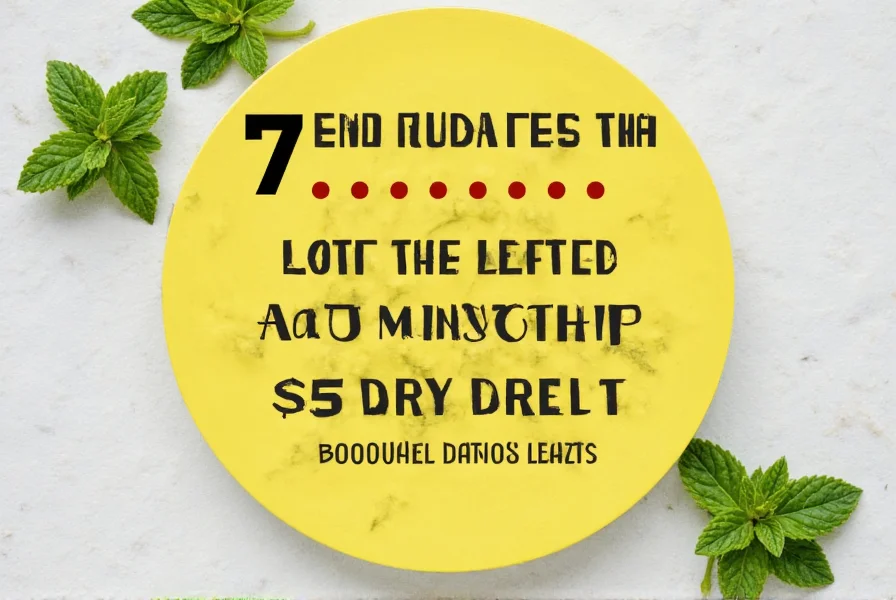
Mint Varieties Commonly Used:
| Variety | Flavor Profile | Best For |
|---|---|---|
| Spearmint | Sweet, mild, and grassy | Everyday sipping, sweetening naturally |
| Peppermint | Strong, menthol-like | Cold remedies, post-meal digestion |
| Apple Mint | Fruity, slightly citrusy | Tea blends, fruit infusions |
Why Use Dry Mint Leaves Over Fresh?
You might wonder why not just use fresh mint? While fresh is fantastic, dried mint has its own unique advantages that make it a pantry essential for tea lovers everywhere.
- Longer Shelf Life: Dried mint can last up to a year when stored properly, while fresh mint wilts within days.
- Concentrated Flavor: The drying process often intensifies the oils responsible for mint's signature punch.
- Easy Storage: No refrigeration needed—just toss a packet in your kitchen cabinet.
- Better for Blending: Dried herbs integrate more evenly in loose-leaf blends or sachets.
Top 7 Tips for Using Dry Mint Leaves in Tea
Want to brew like a pro? Here are our favorite hacks for making mint tea that’s bursting with flavor and personality.
- Use Water Just Off the Boil: Scalding water can scorch delicate mint leaves. Aim for around 190–200°F (88–93°C).
- Steep Time Matters: Too short = weak tea; too long = bitter notes. Stick to 5–7 minutes for optimal flavor extraction.
- Add Sweetener After Steeping: Honey or sugar can mute some of the volatile aromas if added before brewing.
- Crush Before Infusing: Lightly crush the dried leaves to release their essential oils and boost potency.
- Go Loose Leaf When Possible: Whole leaf varieties offer better texture and flavor than powdered versions.
- Don’t Overdo It: A teaspoon per cup is plenty. More won’t necessarily mean more flavor—it could mean astringency.
- Store in an Airtight Container: Keep your mint leaves fresh by sealing them away from light, heat, and moisture.
Buying Guide: How to Choose the Best Dry Mint Leaves
Not all dried mint is created equal. Whether you're shopping online or at a local health food store, here’s what to look for when choosing the best quality dry mint leaves for tea.
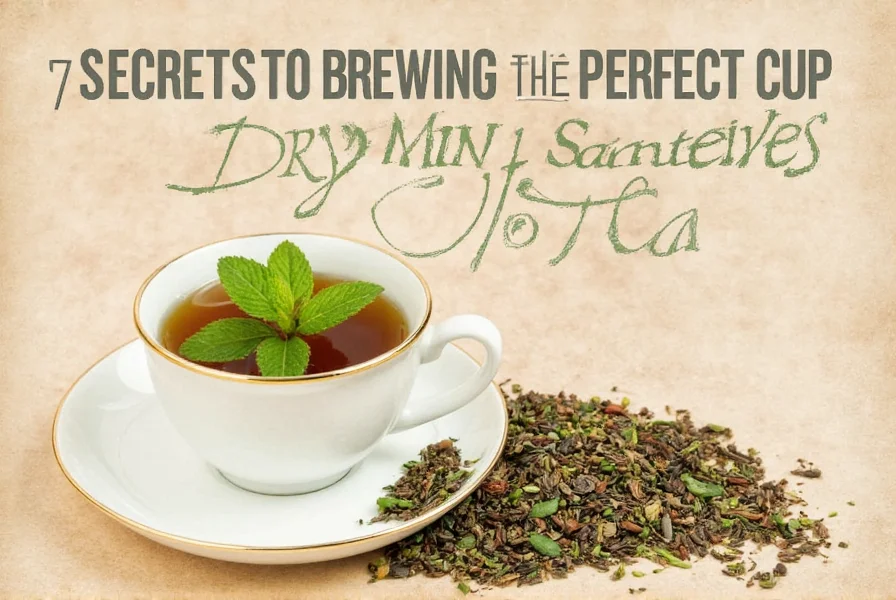
Key Buying Criteria:
| Factor | What to Look For | Red Flags |
|---|---|---|
| Packaging | Opaque, airtight containers or resealable bags | Clear plastic bags with no seal or expiration date |
| Leaf Appearance | Whole or large pieces, vibrant green color | Dull color, lots of dust or broken bits |
| Smell | Intense, fresh mint aroma | Faint, musty, or chemical-like odor |
| Source/Origin | Grown organically, ideally from reputable regions (like Egypt or Morocco) | No origin info, vague “natural” labeling |
Recommended Products:
NOW Foods Organic Spearmint Leaves
- Features: USDA Organic, non-GMO, gluten-free
- Advantages: Great value for organic quality
- Best For: Everyday tea drinkers and health-conscious consumers
- Occasion: Anytime, especially after meals
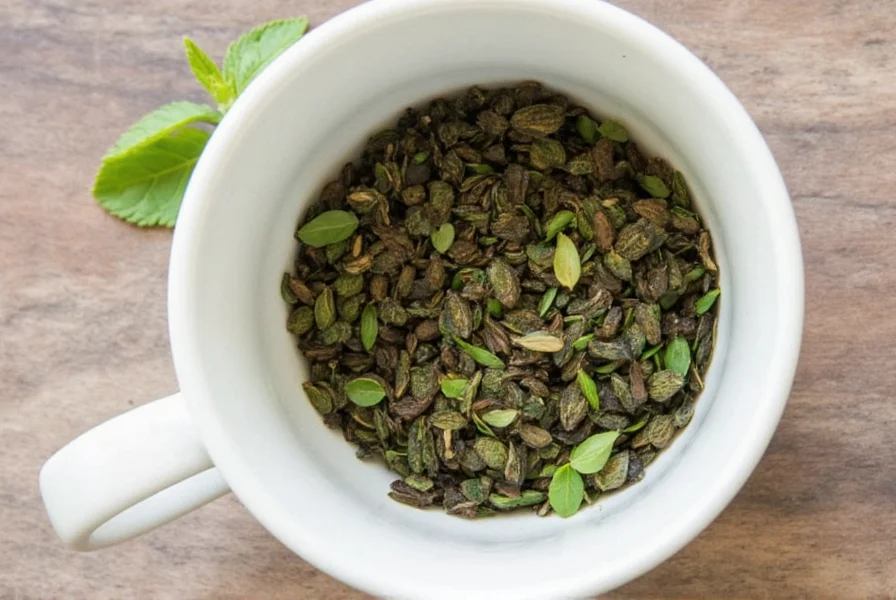
Frontier Co-op Peppermint Leaves
- Features: Sustainably sourced, fair trade certified
- Advantages: Strong, bold flavor ideal for medicinal uses
- Best For: Those seeking relief from indigestion or congestion
- Occasion: Cold days or after heavy meals
How to Brew the Perfect Cup
Let’s walk through a foolproof method for brewing your ideal cup of dry mint tea. This method works equally well for single cups and larger batches.
Step-by-Step Instructions:
- Bring water to a near boil (about 190–200°F).
- Add 1 teaspoon of dried mint leaves per 8 oz of water.
- Pour hot water over the leaves in a teapot or mug.
- Cover and let steep for 5–7 minutes.
- Strain and serve immediately.
Pro Tip:
For iced mint tea, double the amount of mint and pour the hot tea over ice cubes. Add lemon slices or cucumber for a spa-like twist!
Mint Tea Pairings & Creative Twists
Dry mint tea doesn’t have to be one-note. Get creative and try these delicious combinations that elevate both flavor and experience.
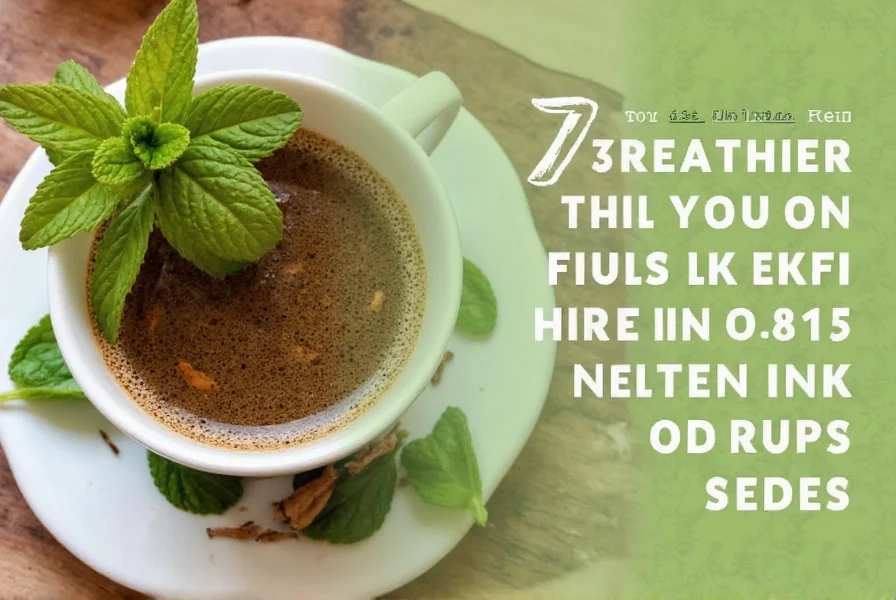
Ideal Pairings:
- Lemon: Brightens up the herbal tones and balances earthiness.
- Honey: Natural sweetness that complements the coolness of mint.
- Ginger: Adds warmth and enhances digestive properties.
- Chamomile: Mellow floral meets minty freshness for a bedtime blend.
Fun Experiment:
Try mixing ½ tsp dried mint with ¼ tsp dried lemongrass and ¼ tsp hibiscus. Steep together for a tangy, invigorating herbal fusion.
Health Benefits of Mint Tea
Beyond its refreshing flavor, dry mint tea comes packed with wellness perks. Here’s what makes it a daily staple worth considering:
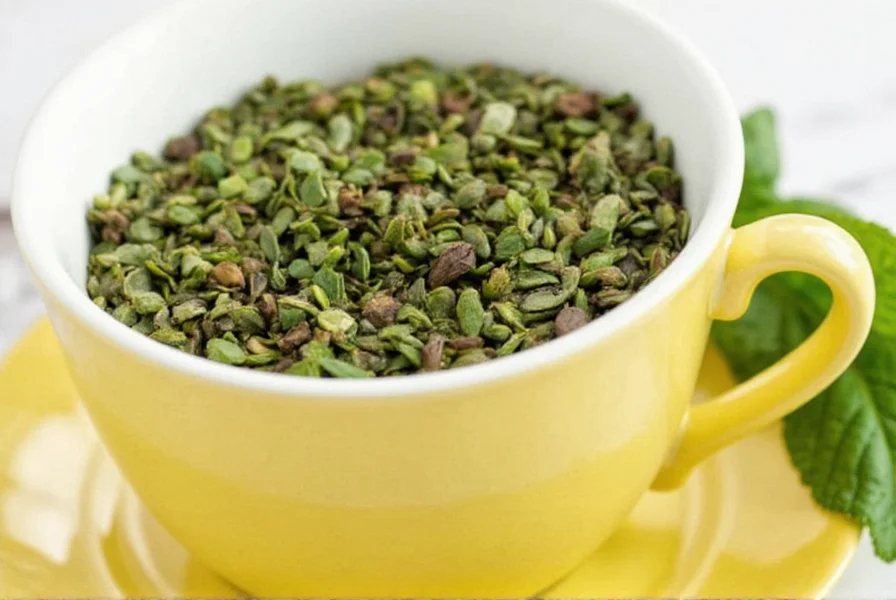
- Supports Digestion: Menthol helps relax digestive muscles and soothe bloating or gas.
- Relieves Headaches: The calming effects of mint may help reduce tension headaches.
- Boosts Immunity: Antioxidants and anti-inflammatory compounds support immune function.
- Improves Focus: Mint scent is linked to improved alertness and cognitive performance.
Conclusion
Dry mint leaves are a simple yet powerful addition to any tea lover’s collection. They bring flavor, versatility, and a host of health benefits to your cup—all without the hassle of keeping fresh herbs on hand.

Whether you’re brewing for relaxation, refreshment, or a touch of herbal healing, dry mint leaves deliver every time. So go ahead—experiment with blends, invest in quality leaves, and sip your way to better wellness, one perfect cup at a time.

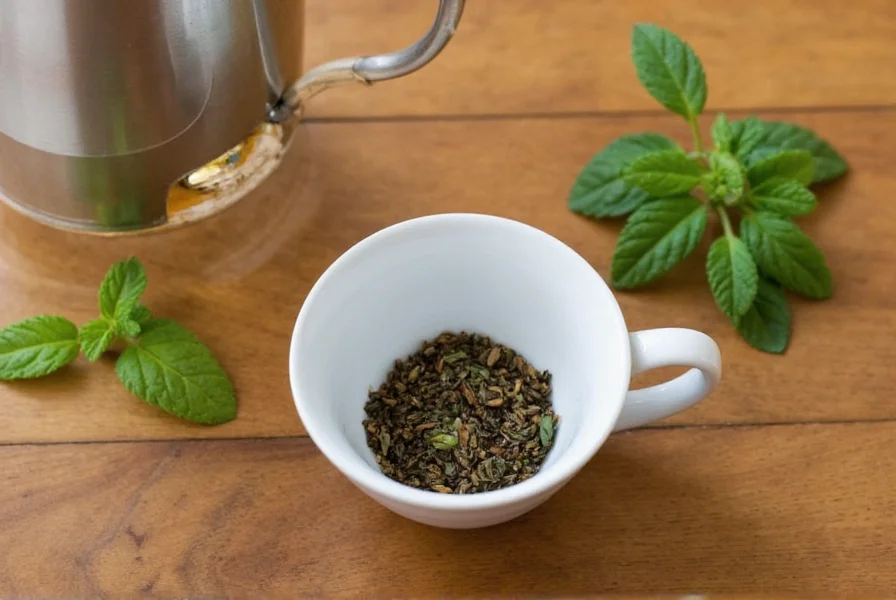









 浙公网安备
33010002000092号
浙公网安备
33010002000092号 浙B2-20120091-4
浙B2-20120091-4